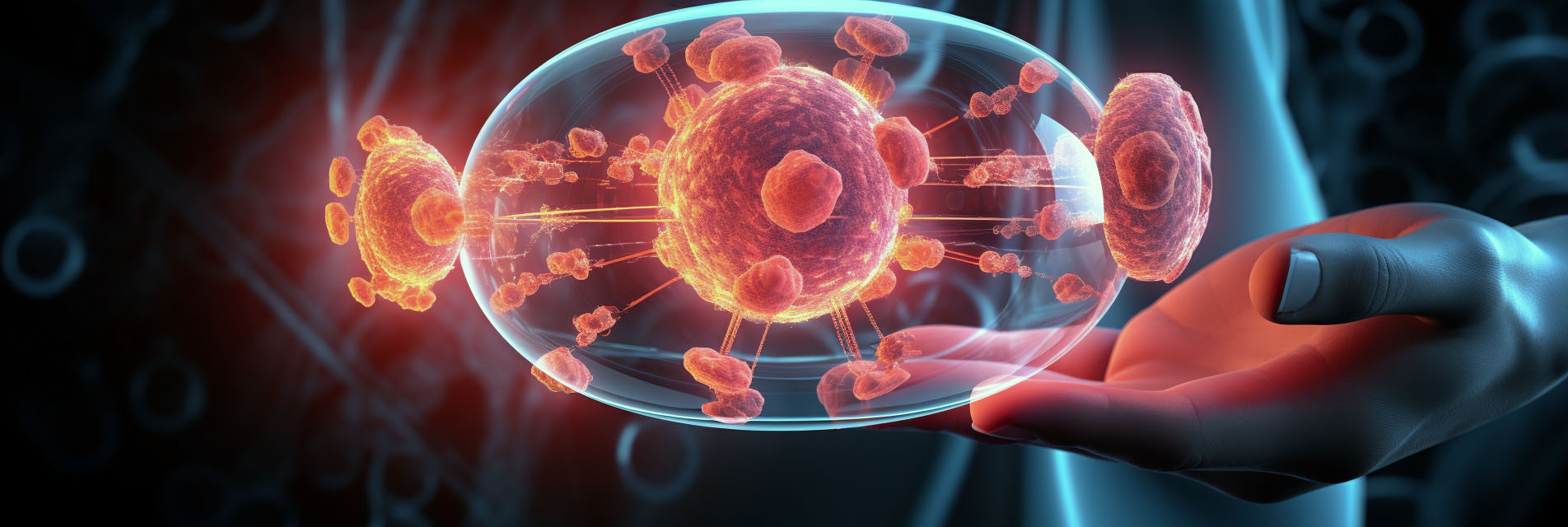

Hybrid nanomachines, vaccines, and artificial life may treat difficult diseases and revolutionize healthcare
In the foreseeable future, the confluence of artificial intelligence (AI) and nanotechnology holds the potential to revolutionize medical treatments, offering solutions that are more effective, personalized, and minimally invasive. AI-driven algorithms, when combined with nanoscale devices or materials, could enable real-time monitoring and diagnosis at the cellular or even molecular level. Imagine nanobots, microscopic robots, being injected into the bloodstream, equipped with AI-driven sensors that can detect disease markers or anomalies. These nanobots could provide immediate data to physicians, ensuring early diagnosis of conditions like cancer, even before symptoms manifest. Additionally, AI can guide the design and synthesis of nanomaterials, ensuring they are optimally tailored for drug delivery or targeted therapy, maximizing efficacy and reducing potential side effects.
Furthermore, the therapeutic potential of integrating AI and nanotechnology is vast. AI-powered nanobots could be programmed to deliver drugs directly to affected cells or tissues, ensuring that medications are administered precisely where needed, minimizing systemic exposure. This targeted approach could drastically improve the treatment outcomes for diseases like cancer, where conventional chemotherapy affects both healthy and cancerous cells. Moreover, the use of AI can facilitate the continuous adaptation of treatment protocols based on real-time feedback from nanosensors, ensuring that the therapeutic interventions remain optimal as the disease progresses or the patient's condition changes. Such advancements could herald a new era in medicine, where treatments are not only more effective but also customized to each patient's unique physiological and disease profile.
Researchers are exploring artificial life forms made of hybrid DNA-peptide molecules. On October 5, 2023, Associate Professor Chenguang Lou envisioned using them as viral vaccines and disease treatments. He says artificial cells are on the horizon as we understand how to control their elements. In 10 years, Lou believes an artificial viral vaccine is achievable.
DNA and peptides are key biomolecules for nanotechnology tools. DNA enables programming but is chemically limited. Peptides provide chemical functions but lack programmability. Lou and others have connected designed DNA and peptide structures, combining their strengths. Researchers worldwide are linking them to build advanced biological entities.
Applications include nanomachines that drill cell membranes, microfibers, and spherical structures delivering cancer medications. Lou sees potential to create hybrid nanomachines, vaccines, and even artificial life to treat difficult diseases. This could revolutionize healthcare. The value is improving society's ability to diagnose and treat illness. Lou won't be surprised if these building blocks enable artificial life one day.
Webdesk AI News : Artificial Life Forms May Revolutionize Medicine, October 5, 2023